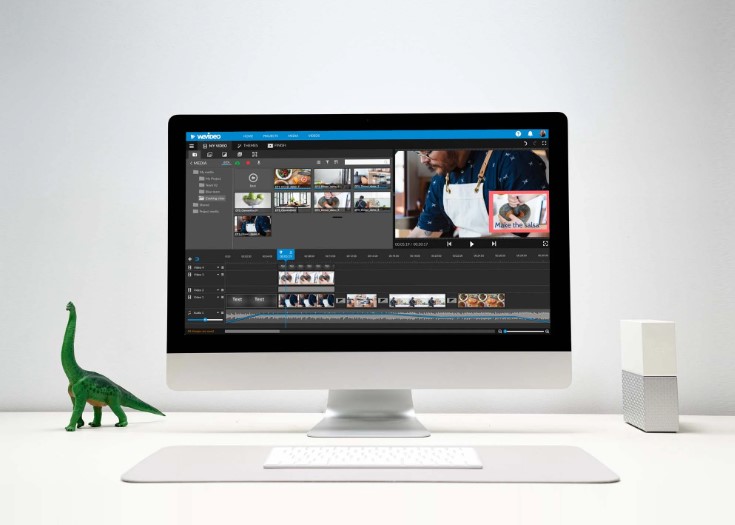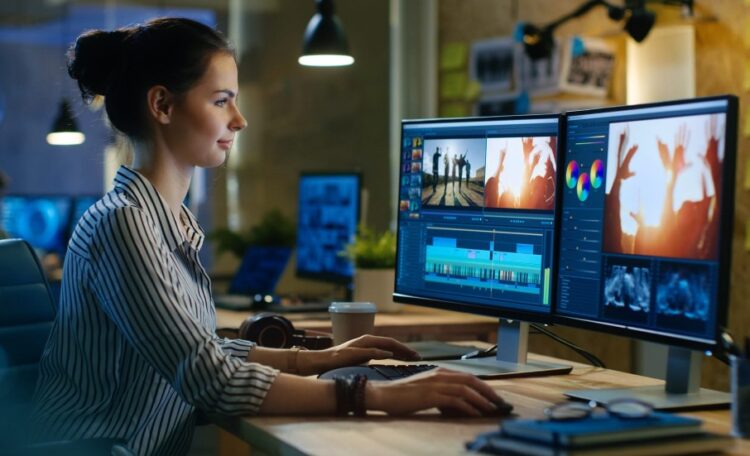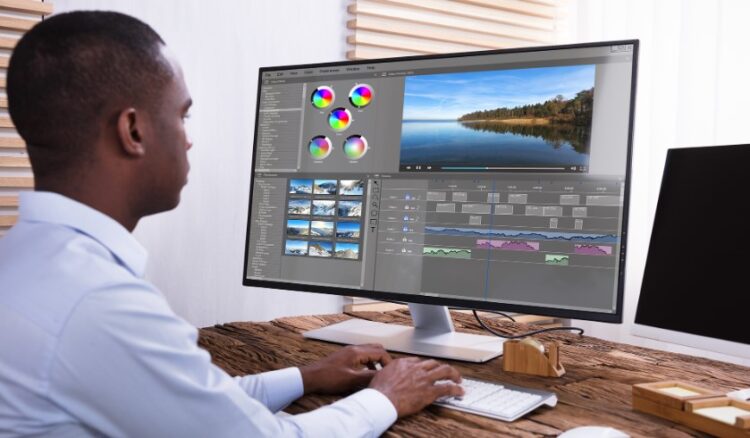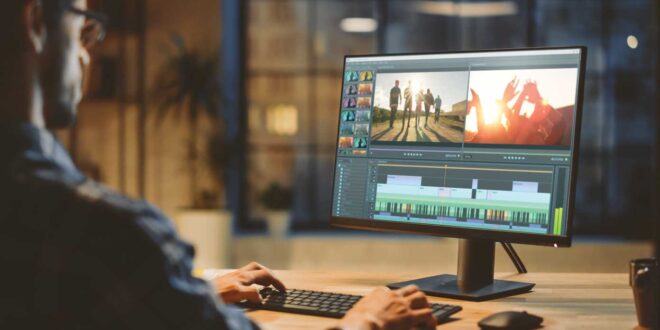The days of having a camcorder that could do one or two things (i.e., record your favorite family holiday, playback pre-recorded footage, and pause live TV) have passed us by. These days we are taking more than ever – clips of our kids, funny things they have said or done, products we want to review, etc.; consequently, we are producing more content than before.
This is where video editing steps in with its ability to transform your raw content into a polished production that keeps your audience interested. However, what exactly is it, and how can you use it? We’ll answer those questions in this post.
Get the Right Gear

If you’re a filmmaker or simply want to learn video editing, you know that getting the footage from your camera to your computer can be as challenging as editing it. You need the right gear to get started.
The most basic tools are:
- A laptop or desktop computer
It doesn’t have to be super-fast, but it should be able to run at least two programs at once without having too many problems — especially if you’re doing more than just simple trimming and cutting.
- Video Editing Program
This can be as simple as Apple iMovie from apple.com or as advanced as Adobe Premiere Pro from Adobe.com.
- A good-quality microphone
Suppose you’re recording sound separately from the video. In that case, you’ll want an external USB microphone that records in stereo and has an adjustable gain control for better audio quality.
- An external hard drive
This is where all your footage will live so your computer can easily access it when needed. The size of this depends on how much footage you plan on storing; for example, if you’re shooting on an SD card and want to edit in 4K resolution (3840 x 2160 pixels), then an external hard drive with at least one terabyte might be necessary. If not, 500GB should suffice.
Learn the Basics

Video editing is a big task that requires a lot of time and patience. It’s one of those things that you don’t realize how much goes into it until you have to do it yourself.
However, if you’re just starting with video editing, you should know some basic things before delving into the deeper stuff. The first thing to understand about video editing is that it’s not just about putting together clips and music to create a final product. The process starts long before that, which means there’s plenty of room for error along the way. This can lead to frustration and wasted time if you don’t know how to avoid these potential pitfalls beforehand.
When you learn how each piece fits together (and what happens when something goes wrong), you’re better equipped to tackle any problems or issues arising during production or post-production phases.
Dig Deep with Tutorials
Editing is a lot of work, but it’s also a lot of fun. If you’re a beginner, there are a few things you’ll want to keep in mind as you get started.
If this is your first time editing, it can be intimidating. You might not know where to start or how to do what needs to be done. That’s why watching tutorials and learning everything you can about the program is important before diving in.
The best thing about editing videos is that there are tons of online resources to help you learn the tools and techniques needed for video editing. Whether you want to edit on your computer or mobile device, many websites are dedicated to assisting people in learning how to use different programs.
Plenty of books also teach people how to edit their videos at home (or on their phones). These books cover everything from basic editing techniques to advanced color correction techniques used by professional editors in Hollywood studios.
Get Hands-On Experience

The best way to learn is by doing. Many free online tutorials teach basic editing techniques, such as adding titles or transitions between clips. While these tutorials are helpful, they don’t provide enough hands-on experience to prepare you for real-world projects.
To get a better idea of what it takes to edit professional videos, try working with an editor with experience in this area. If possible, ask if they would be willing to let you watch them edit a project so that you can see how they handle different situations and make decisions about what tools they use when faced with certain challenges. This kind of hands-on training will help put everything into perspective and give you ideas on improving your skills.
Stay Creative
When editing videos, it’s easy to follow a routine of repeatedly using the same old transitions and effects. But if your videos stay interesting, you must experiment and try new things. You might find that a certain effect works well for one video but doesn’t fit with another at all.
If you keep your creativity alive by trying new things, your videos will always look fresh and exciting. This is one of the most important skills you need to learn as a video editor. The best way to stay creative is by using your imagination and being open-minded. You’ll be more productive if you embrace new ideas.
The video editing world can seem a little bit intimidating to get into. There are many different programs and software suites, they all do vastly different things, and the barrier to entry can feel pretty high. What’s more, it’s not always clear what you need to get started or what you’ll often use. Despite these potential issues, learning basic video editing on your own is possible with little time and effort.
 Hi Boox Popular Magazine 2024
Hi Boox Popular Magazine 2024



